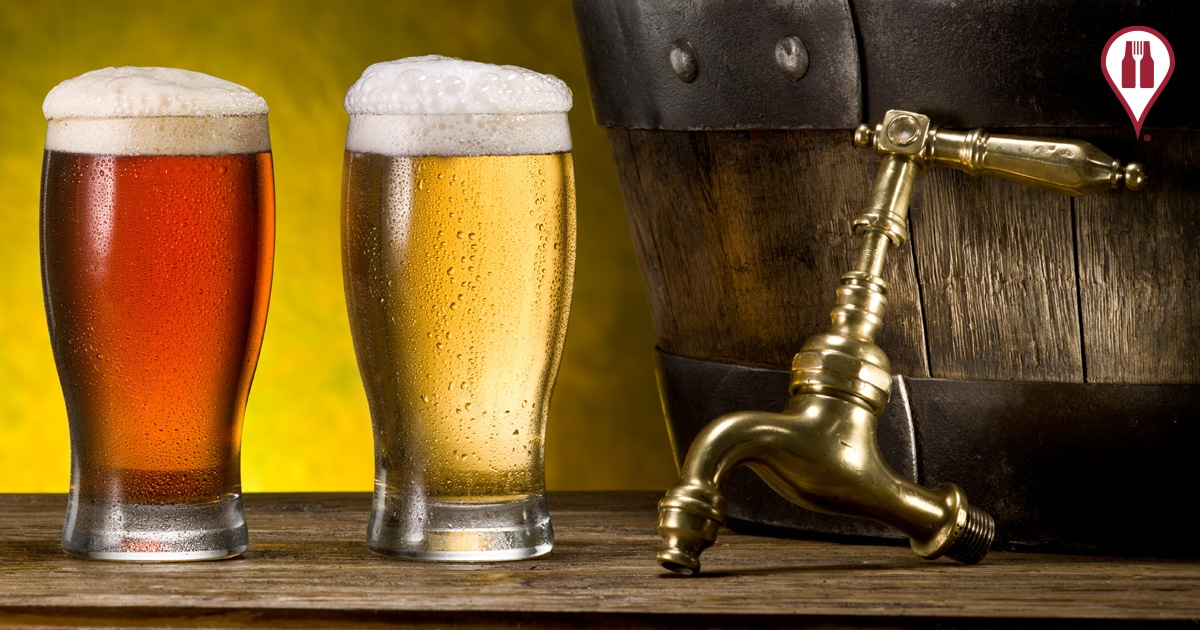A shower of looks and appraisals erupt as you saunter through the double oak doors of your favorite bar because let’s face it, you’re awesome. Men abruptly halt their endless banter with their friends and women float their hands up to slide the wisp of hair behind their ears to get a better look. You take a seat at your wooden throne and the bartender asks you a simple question.
“Is it going to be a lager or an ale this evening?”You weigh the different options because you are very well acquainted with the taste and relying upon your gut to make the vast majority of all your decisions. And you do know the difference between the two. Don’t you? Sure, you could describe the sensation as the crisp balmy fluid passes between your teeth across your palate and down for storage. However, what happens if you get into an argument concerning the characteristics of a lager and an ale? You know you’re awesome, but your pride would be face down in a ditch somewhere if someone attempted to challenge your knowledge. So let’s do you a favor and bulk up on some facts and processes. So when the day comes around you will be prepared. You have already identified the two different types of beer that exist. Lager and Ale. Now there are three prominent differences in the preparation and process that set these glorified beverages apart.




